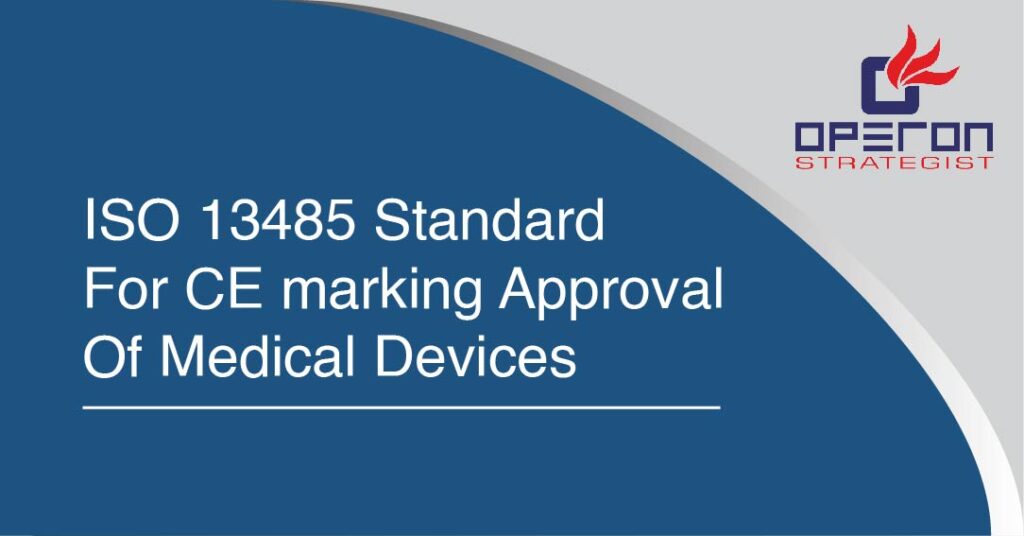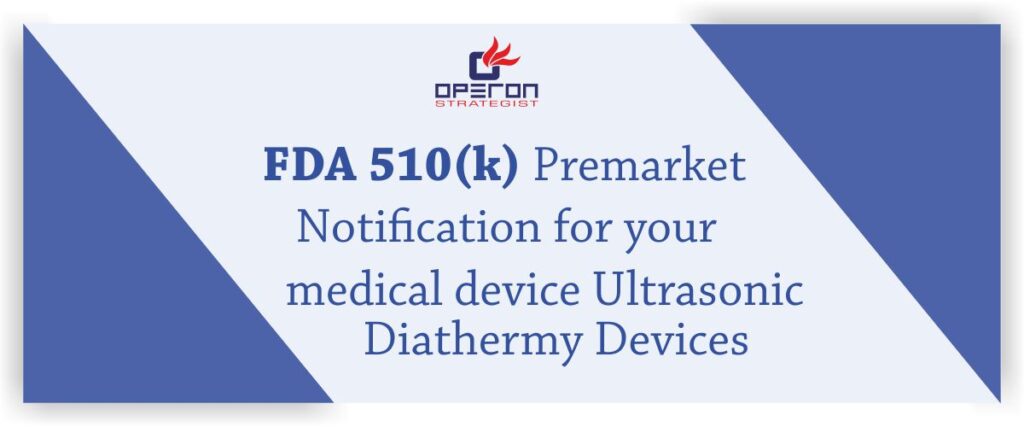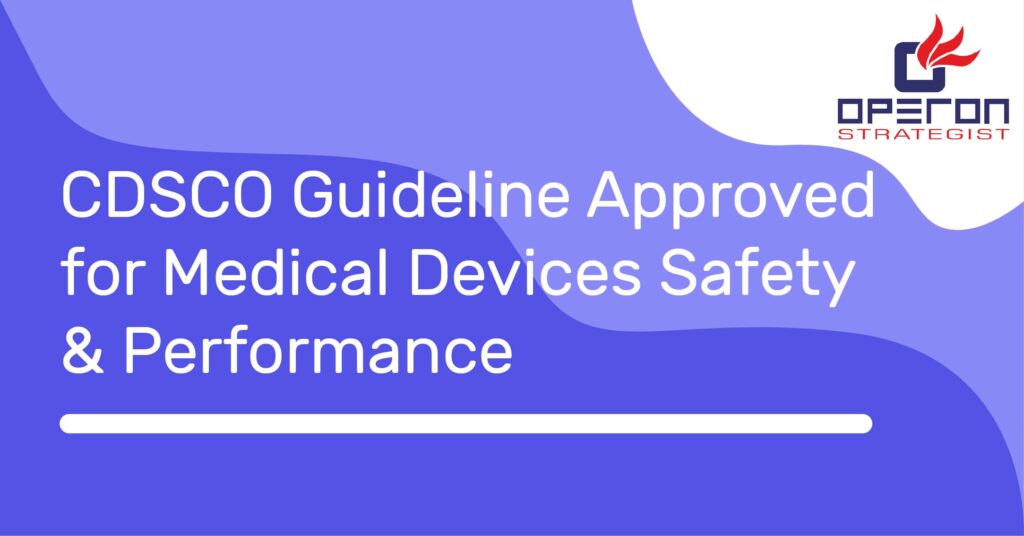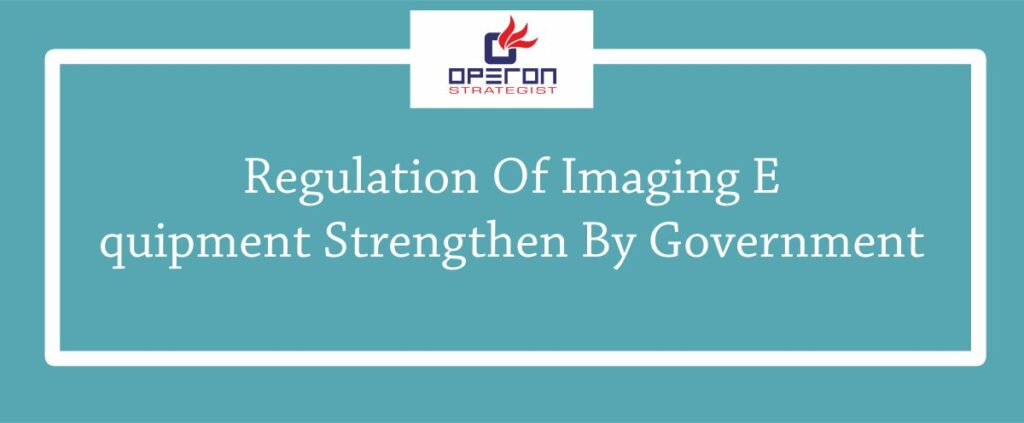If the medical device is manufactured outside of the European Union, the CE marking provides access to European markets for products. Before putting the product on the market in the European Economic Area, the manufacturer shall be required to get and display the CE mark on the product (EEA). This responsibility shifts to the importer if the medical device is brought in from outside the EEA. The abbreviation “CE” stands for “European Conformity,” which is the English translation of the French word “Conformité Européene.
Since ISO 13485 is in line with European medical device directives, putting it into practise aids in meeting their requirements. As a CE mark medical device consultant , we provide guidance to medical device manufacturer for the proper and valid ISO13485 standard certification.
The following directives are applicable for Medical Devices in Europe:
- Medical Device Directive (93/42/EEC) and In Vitro Diagnostics Directive (98/79/EC).
Important Steps for Getting CE Marking on your Medical Device:
Getting the CE marking on your device involves some logical and formal procedures. The “old technique” demanded that incredibly stringent technical requirements be met. The following steps will be useful as you move through the “new way,” which includes more fair and standard requirements for safety and functionality:
- Identify medical device status:
The class of medical device that needs to be marketed must be determined as a medical device manufacturer or importer on the European market. Class I, IIa, IIb, and III medical devices are categorized based on the level of product risk they are associated with. Devices for in vitro diagnosis are categorized as Class A or Class B.
2. Recognize regulatory requirements and their fulfillment:
A medical device provider or manufacturer must identify and adhere to the applicable EU directives’ requirements after determining the status of the medical device. These requirements focus on a number of key areas, including:
- medical device safety for the user
- the justification that medical device benefits supersede the acceptable risks
- impact of transportation and warehousing of the medical device, and the justification that it does not damage production functionality and safety
- suitability for intended use or purpose
- requirements for medical product labeling, instructions for use, and packaging
The manufacturer demonstrates compliance in these areas to prove that the product is secure and suitable for the intended use. Suppliers can fulfill these requirements with the use of ISO 13485.
3. Development and preservation of the technical files:
This is often referred to as a medical device’s technical paperwork. It includes documentation from every stage of production that demonstrates the product’s compliance. The technical files concentrate on a few frequent topics, like:
- medical device components and material specifications
- medical device product specifications
- validation results of manufacturing processes
- Risk Management Registry of a medical device
- design verification records for medical devices
- design validation report and clinical evaluation
- labeling specifications
- instructions for use
The manufacturer demonstrates not only that the product complies with the criteria of the European Directives with the use of technical documentation and records, but also that all the processes and stages of the manufacturing processes have been recorded. The management of medical device files under the ISO 13485 standard enables it to comply with the aforementioned requirements.
4. Review for product conformity:
For certain devices that come under Class III (Active Implantable Medical Devices) and all devices in Classes A and B (in vitro diagnostics devices), the supplier or device manufacturer in Europe must get evaluation and approval. The conformance of the manufacturer’s testing procedures will be evaluated by reviewers.
The type of review required before approval for the CE mark is determined by the classification of the medical device. These review paths involve the assessment of the following:
- Complete Quality Management System review
- Product design verification and validation review
- Self-declaration of conformity
- Review of Quality Management System for Manufacturing
- Review of Quality Management System for product
- Review of batch release
The scope and dynamics of the review are significantly influenced by the path that is chosen. For suppliers and manufacturers, the appropriate classification of medical devices is crucial. The majority of these review routes can be met with a quality management system based on ISO 13485 standard.
5. Declaration of conformity:
The supplier of the medical device verifies one final time that it complies with all requirements outlined in the pertinent directives. Additionally, it states that the item has undergone a conformity assessment procedure and is built, designed, and qualified in accordance with the technical files created. All declaration statements of conformance are included with the declaration of conformity on a certificate.
ISO 13485 Standard Supports Getting your Medical Product the CE Mark
An ISO 13485 Quality Management System for both goods and processes can allow manufacturers to have the necessary systems in place even before pursuing the CE mark for the European market because the conformity assessment procedures comprise both design verification and validation review.
As medical device regulatory consultants we are assured that Companies operating outside of the European market that already have a Quality Management System based on the ISO 13485 standard can more easily obtain the CE mark for their products because the ISO 13485 standard already satisfies many of the directive’s requirements for conformity assessment evaluation. In some instances, a manufacturer’s certificate of declaration of conformity is sufficient to get a CE mark for medical devices produced using ISO 13485-compliant systems. Operon Strategist provides consultation for ISO 13485 certification. Also, we provide MDSAP consultation services for manufacturers. For more information please contact us.

MBA Finance, Science graduate, SEO & Technical content writer, possesses keen research and influencing writing skills for more than a year.
-
Anuradha Shahahttps://operonstrategist.com/author/content/
-
Anuradha Shahahttps://operonstrategist.com/author/content/
-
Anuradha Shahahttps://operonstrategist.com/author/content/
-
Anuradha Shahahttps://operonstrategist.com/author/content/




